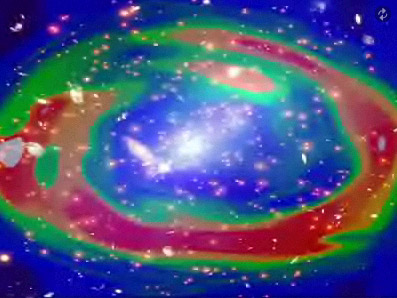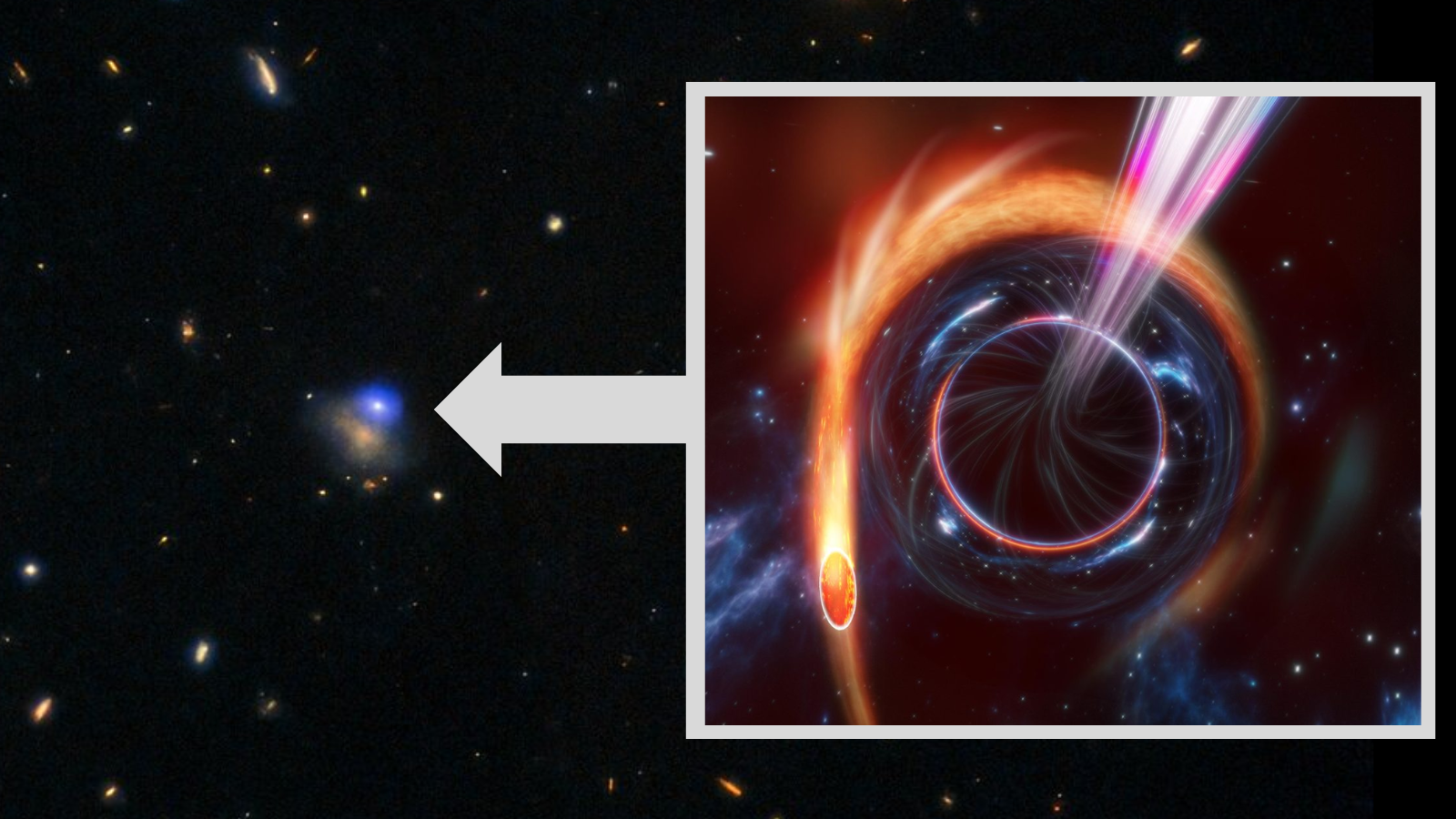High-Energy X-Rays Detected at Galaxy Cluster

Adistant galaxy cluster has turned into a giant particle accelerator, spinningelectrons over vast distances at high speeds.
Scientistsdiscovered this phenomenon by observing highly energetic X-rays emanating fromthe Ophiuchus clusterof galaxies.
TheEuropean Space Agency's orbiting gamma-ray observatory Integral detected the X-rays,which are too energetic to originate from the inert gas in the cluster and mustinstead come from accelerated particles.
Previousobservations have been able to detect only lower-energy radio waves released inother clusters-turned-particle accelerators.
"Thisis the first time we have detected significant high-energy X-ray radiation froma cluster," said St?phane Paltani, an astrophysicist at Geneva Observatoryin Switzerland, who was involved in the finding. "Only now are we reachingthe sensitivity that we need to detect this radiation."
TheOphiuchus cluster must have recently mergedwith a smaller galaxy cluster, Paltani said. The collision would have mixed thegases in each cluster, producing rippling shock waves.As electrons bounced back and forth in the chaotic merger, they likely pickedup energy and accelerated.
Thiscosmic particle accelerator is 20 times more powerful than the largest man-madeatom smasher, the Large Hadron Collider being constructed at CERN, the particlephysics lab in Switzerland, Paltani said.
Breaking space news, the latest updates on rocket launches, skywatching events and more!
"Ofcourse the Ophiuchus cluster is somewhat bigger," Paltani said. "WhileLHC is 27 kilometers [17 miles] across, the Ophiuchus galaxy cluster is overtwo million light-years in diameter."
Thescientists don't know for sure why the sped-up electrons release X-rays, butthere are two possibilities. Perhaps the electrons created synchrotronradiation, which is produced when charged particles fly though magnetic fields.Or maybe the electrons collided with the Cosmic Microwave Background radiationleft over in the universe from the big bang. When the sped-up particles hit theradiation they would have given it an energy boost, pumping its frequency up tothe X-ray range of the electromagnetic spectrum.
Newobservations will be needed to tell which scenario occurred, the scientistssaid.
"Thesefindings will help us better understand the properties of these clusters,"Paltani told LiveScience. "This has important consequences for thehistory of the cluster itself. We will be able to put constraints on when theparticle acceleration takes place and understand better what happens when theseclusters merge."
- ImageGallery: Amazing Galaxies
- Vote Now: MostAmazing Galactic Images Ever
- Video:How the Chandra X-Ray Observatory Works

Clara Moskowitz is a science and space writer who joined the Space.com team in 2008 and served as Assistant Managing Editor from 2011 to 2013. Clara has a bachelor's degree in astronomy and physics from Wesleyan University, and a graduate certificate in science writing from the University of California, Santa Cruz. She covers everything from astronomy to human spaceflight and once aced a NASTAR suborbital spaceflight training program for space missions. Clara is currently Associate Editor of Scientific American. To see her latest project is, follow Clara on Twitter.
